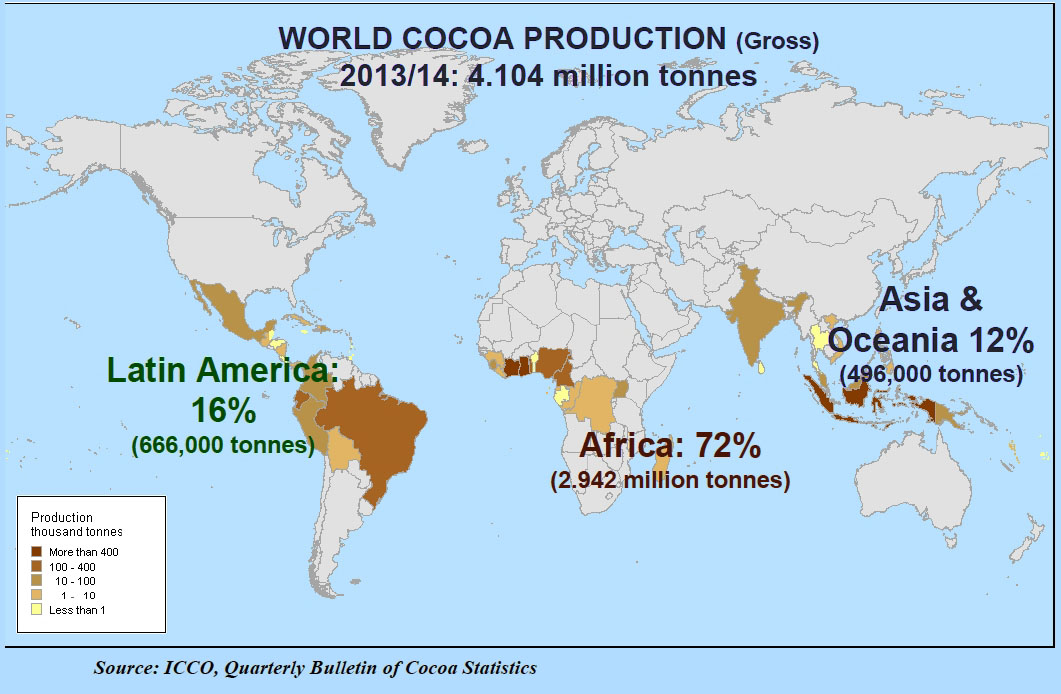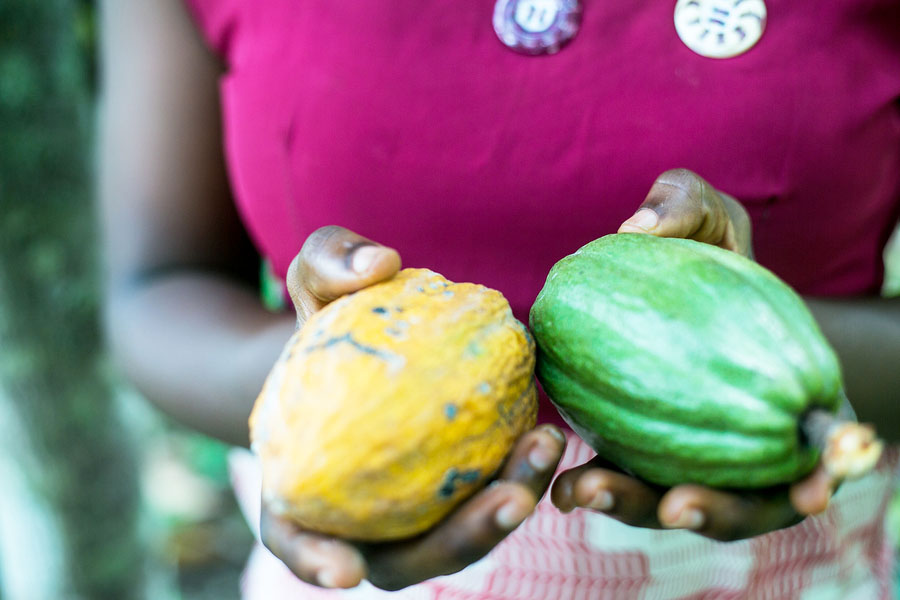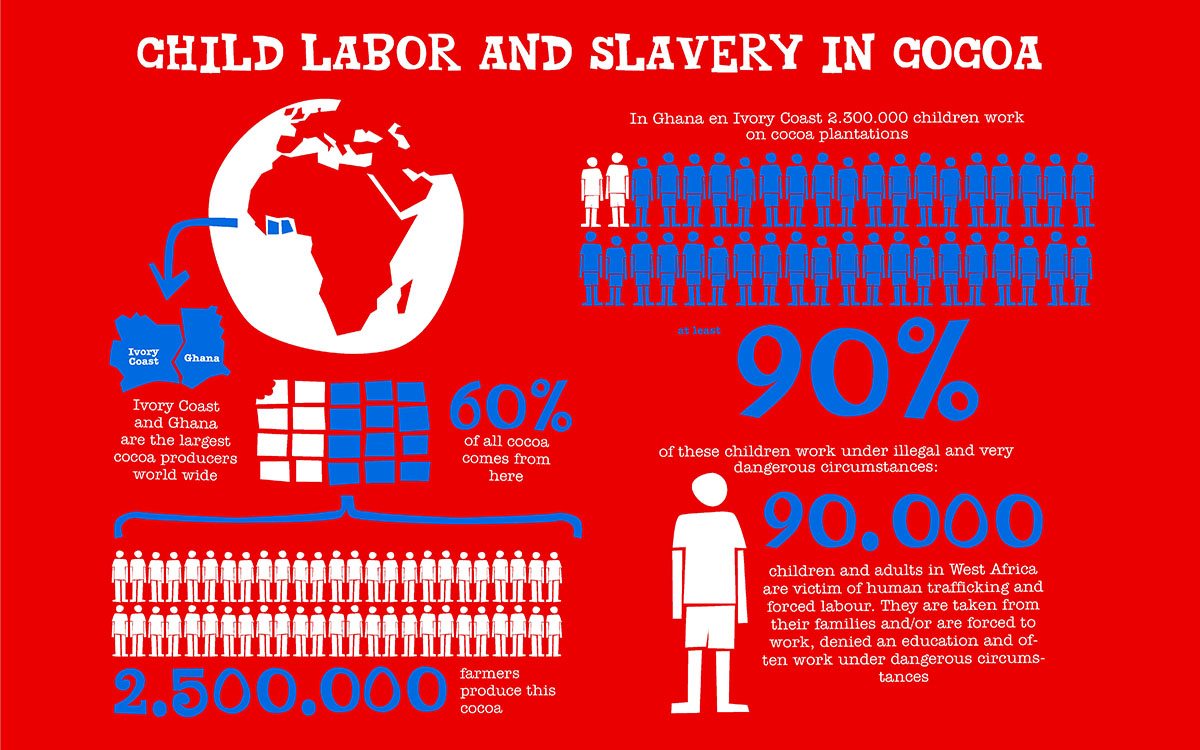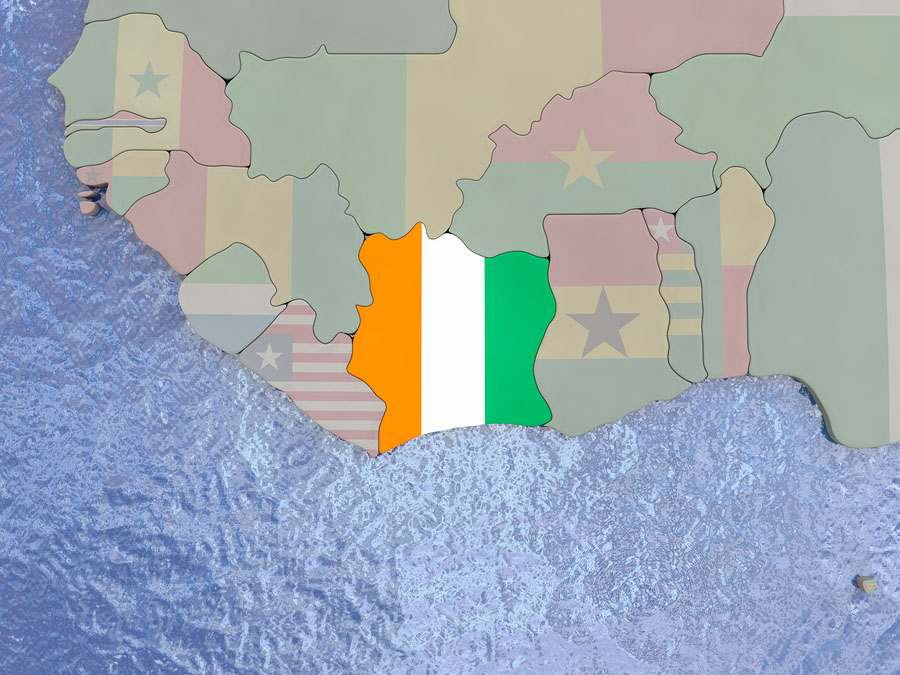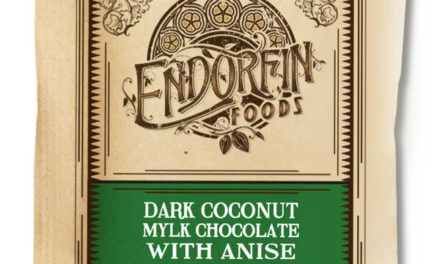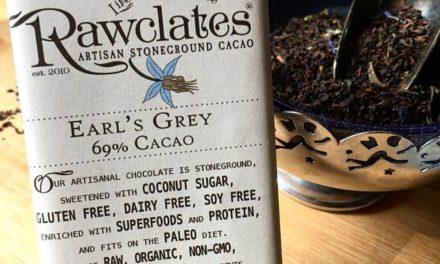BIG CHOCOLATE’S UGLY SECRET
by Eric Battersby
Children working a small amount is one thing, but as chocolate maker and slavery-fighter Tony’s Chocolonely states –
“A child working safely on his parents’ farm before or after school is not an issue (e.g. gathering cocoa pods from the ground). In fact, he or she helps the family while learning the ins and outs of the family farm. But it becomes a problem when a child is doing hazardous work or can’t go to school because of work.”
Unfortunately, Tulane estimates that nearly all of these children in Ghana and the Ivory Coast work as child laborers, over 2 million, and almost every single one of those children work in hazardous conditions as well. It’s an ugly, ugly side of the chocolate trade, particularly from giant chocolate companies (yes Nestle, we’re talking to you), and yet another reason why bean-to-bar, ethical chocolate makers stand out so importantly in today’s chocolate landscape.
THE HARKIN-ENGEL PROTOCOL
We’re making progress, but as you’re about to see, it’s a painfully slow process. Let’s take a look at how the struggle against chocolate child labor (or the chocolate slave trade as it’s often called) is currently evolving.
Then we’ll uncover what each and every one of us can easily do to help in the fight.
Here in the US, we took a big first step towards eradicating child slavery back in 2001 when two congressmen, Senator Tom Harkin and Representative Eliot Engel, worked with chocolate industry representatives to create an agreement aimed at eliminating “the worst forms of child labor in the growing and processing of cocoa beans,” according to CocoaInitiative.org.
The groundbreaking agreement became known as the “Harkin-Engel Protocol”. As CocoaInitiative.org says —
“It marked an important first — an entire industry, including companies from the United States, Europe and the United Kingdom, taking responsibility for addressing the worst forms of child labour in its supply chain.”
SLOW PROGRESS, MORE CHILD LABOR
Unfortunately the phrase “steps are being taken” has hollowly echoed for over 15 years now, with much too little changed. As anyone involved in the situation quickly learned, a protocol by itself doesn’t prevent child slavery. In fact, as of the numbers taken in 2008, seven years after the Harkin-Engel Protocol signing, there were still 1.76 million children working in child labor conditions between Ghana and the Ivory Coast.
There in 2010, U.S. Secretary of Labor Hilda Solis announced a commitment of $10 million from the U.S. Department of Labor, and the public-private partnership also included “a $7 million commitment from the international chocolate and cocoa industry, with an additional $3 million in potential increases to existing projects meeting the goals of the Harkin-Engel Protocol.”
Unfortunately, the numbers show little progress. Tulane University’s last reported stats from 2014, and the numbers increased from 1.76 million in 2008 to over 2.1 million in 2014. Yes, overall cacao production increased significantly, so on a percentage basis the numbers are similar, but that does nothing to change the hard fact that over 2.1 million children work in forced labor conditions.
Tulane University’s last reported stats from 2014, and the numbers increased from 1.76 million in 2008 to over 2.1 million in 2014.
- Cutting of trees
- Burning of fields
- Application of chemicals (insecticides, herbicides, fungicides, etc.)
- Application of chemical fertilizer
- Chemical treatment of fields/plants
- Carrying of heavy loads
Courtesy of Tony’s Chocolonely
THE NEXT BIG DIFFERENCE MAKER – YOU!
Thankfully, there are very clear steps anyone can take, regardless of location. That’s right, you don’t need to live in Africa to make a difference.
There are several steps noted at SlaveFreeChocolate.org (http://www.slavefreechocolate.org/make-a-difference-take-action/), and —
“Unfortunately, there isn’t enough ethically grown cocoa to supply every chocolate company. That said, there is enough for the small chocolatiers to purchase. If this movement got to the point where it was embarrassing NOT to be on the list of Ethical Suppliers, the chocolatiers would then put pressure on their suppliers to step things up. Companies like Cargill and Archer Daniel Midlands supply the bulk of the cocoa. Let’s give them customer service problems. That will help!”
I’m not sure exactly what they mean by giving Cargill and Archer Daniel Midlands “customer service problems”, but I do know a clear-cut, direct method of fighting the problem: simply stop buying chocolate from companies that continue to let these atrocities occur.
SlaveFreeChocolate.org also supplies a letter template you can use to send letters to the companies, and then it notes the exact companies involved, all of whom signed the Harkins-Engel Protocol:
- Mars/M&M
- The Hershey Company
- World’s Finest Chocolate
- Archer Daniel Midlands
- Nestle
- Barry Callebaut (slave-free)
- Blommer Chocolate Company
- Guittard Chocolate (slave-free)
WALLET POWER
Stop buying chocolate from these companies, and you’ll probably sleep a little better at night. The next time you pick up a bag of M&Ms, think of the small hands of a child that in all probability worked to bring you that bag – the hands of a child likely forced into hazardous labor. You may find it much easier to put that bag back on the shelf.
Then again, if you’re reading Chocolate Connoisseur Magazine, M&Ms probably aren’t much of a staple in your chocolate arsenal anyway!
On the flipside of this, SlaveFreeChocolate.org also provides a long list of ethical chocolate companies, which you can view here. Notice Taza, Divine (in this issue’s cocktail of the month), Alter Eco, Theo and Equal Exchange — all chocolate makers recently featured in Chocolate Connoisseur.
As Tony’s Chocolonely states, “There is no international consensus about modern slavery.” Some call it slavery, others call it child labor… regardless of any worthless semantics, progress needs to be made — there is too much at stake.
So just know that, yes, as SlaveFreeChocolate.org clearly shows, you most certainly can make a difference in this fight — in the very least, every single time you purchase chocolate. Make no mistake, it’s a fight that we absolutely need to win.
Original image: Cocoa beans drying in a village – Kakum NP – Ghana by Francesco Veronesi. https://www.flickr.com/photos/francesco_veronesi/
Once again, Tony’s says it best –
“No matter which exact words we use to describe these abuses or how they’re defined, they’re unacceptable, illegal and must stop. As long as one single child is doing dangerous work or one adult is being exploited we will continue to fight against the inequalities in the cocoa industry.”
We’ve shown you how to do your part – even your subscription to Chocolate Connoisseur Magazine makes a difference, if you read each issue and support the ethical chocolate makers and chocolatiers within.
With a market this big, we all have the power to fight child labor. We hope it empowers you to make wise buying choices, and to stand by those choices in good conscience. It’s time to make our favorite indulgence more guilt-free than ever.

